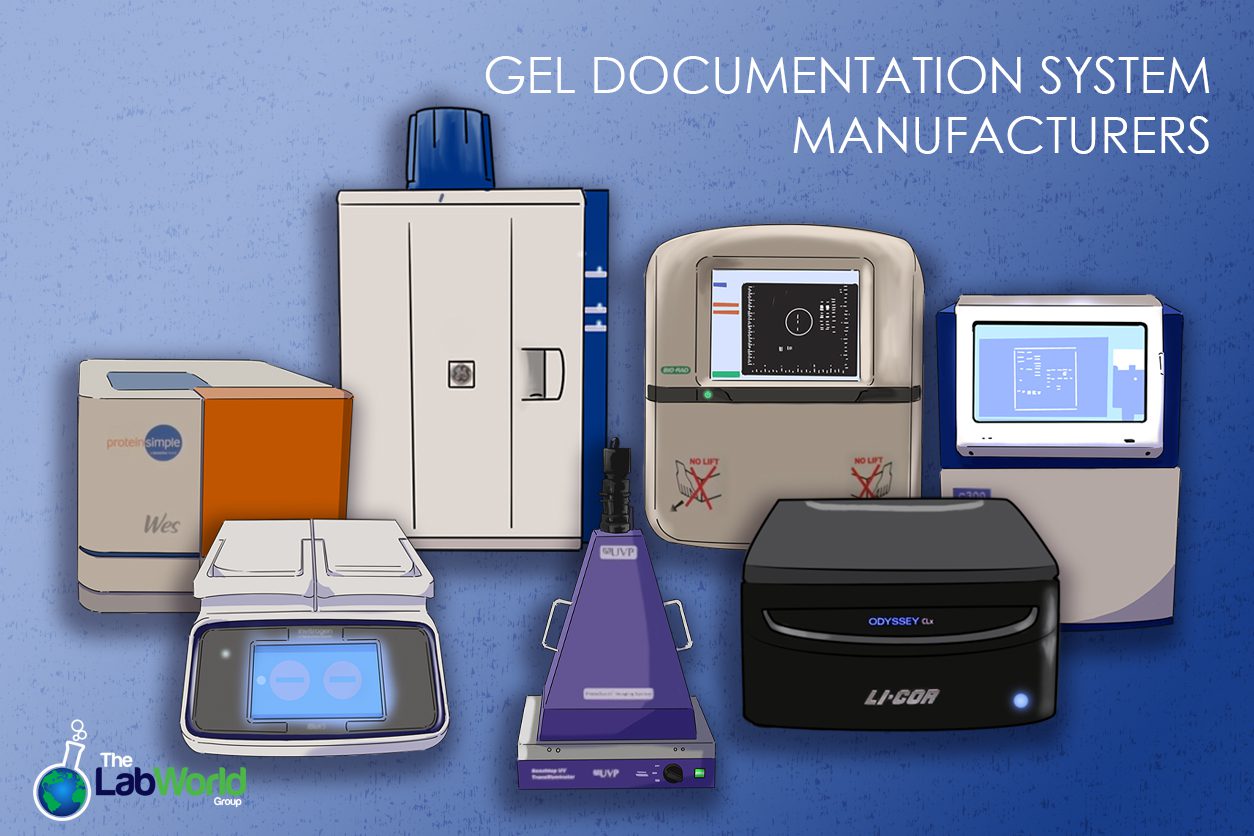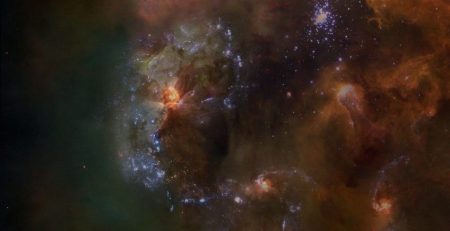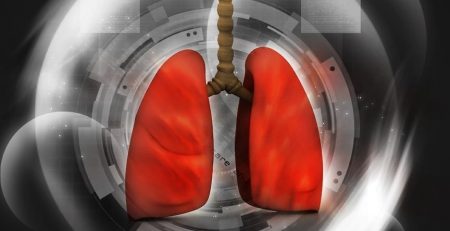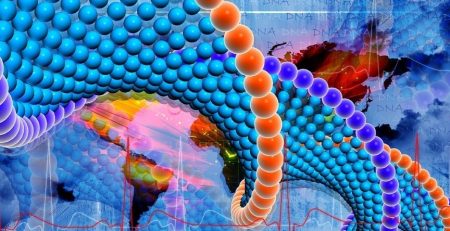
Gel Documentation System Manufacturers
Amanda2024-08-22T14:38:40+00:00Gel documentation systems are pivotal in capturing and analyzing DNA, RNA, and protein samples separated through electrophoresis. These systems, offered by leading manufacturers such as Bio-Rad, GE/Amersham, Azure Biosystems, Thermo Fisher Scientific, LI-COR Biosciences, and UVP (Analytik Jena), are essential tools in laboratories worldwide. Here, we’ll explore their backgrounds, key offerings, and why they stand out in the industry.
Bio-Rad Gel Documentation System
Founded in 1952, Bio-Rad Laboratories has grown to become a global leader in life sciences and clinical diagnostics. Initially focusing on blood typing products, Bio-Rad expanded into molecular biology and biotechnology, offering a diverse range of products, including gel documentation systems. Bio-Rad’s gel documentation systems are renowned for their reliability, ease of use, and integration with other laboratory instruments. Their systems support various applications, from basic research to clinical diagnostics, catering to diverse scientific needs. These instruments have added features like touchscreen interfaces like the Chemidoc System or simple operations like the Gel Doc EZ that still provide UV and fluorescent imaging but don’t require manually adjusting lenses or filters.
GE Imagers
Amersham Biosciences, now part of Cytiva, has a rich history dating back to 1946. Known for pioneering innovations in healthcare and life sciences, they were acquired by the Danaher Corporation in 2020, adding to the portfolio that included AKTA, Whatman, and Hyclone. The Cytiva gel documentation systems, which include the Imagequant systems, are celebrated for their advanced imaging capabilities, ensuring high sensitivity and resolution. Their systems are designed to meet the demands of both academic research and biopharmaceutical industries. The GE ImageQuant LAS-4000 features modular flexibility, working with gels, membranes, or films, and can perform Quantitative Western blotting, UV fluorescence, and Infrared fluorescence captures.
Azure Biosystems
Established in 2009, Azure Biosystems focuses on developing cutting-edge imaging solutions for life sciences research. They have quickly gained recognition for their innovative approach to gel documentation and imaging technologies. Azure Biosystems’ imaging systems are praised for superior performance and affordability. They offer customizable imaging options and intuitive software interfaces, making them ideal for laboratories of all sizes. These flexible imagers feature cameras from 5.4 mp up to 9.1 mp, a broad range of options that are often upgradeable, and robust software to streamline the workflow.
Thermo Fisher Scientific
Thermo Fisher Scientific’s legacy dates back to 1902. It strongly emphasizes providing the scientific community with analytical instruments, equipment, reagents, and consumables. In 2014, it acquired Life Technologies, further solidifying its position in the life sciences sector. Thermo Fisher Scientific offers a comprehensive range of gel documentation systems known for their robustness and versatility. Their systems integrate seamlessly with other Thermo Fisher Scientific products, providing researchers with integrated solutions for complex workflows. The e-gel Power Snap is a simple, all-in-one documentation system with a modular camera set directly over the electrophoresis system. User interaction is greatly simplified with an onboard touchscreen and preprogrammed protocols, so you can capture and process on the spot.
LI-COR Western Blot Systems
LI-COR Biosciences, established in 1971, specializes in developing innovative solutions for biotechnology, particularly in infrared imaging and molecular imaging systems. It is recognized for its contributions to environmental and life sciences research. LI-COR’s gel documentation systems leverage advanced infrared technology, offering exceptional sensitivity and quantitation capabilities. Their Odyssey systems are widely used in protein and nucleic acid research, where accuracy and reproducibility are paramount. The flatbed scanner is also quite large, allowing you to scan up to 9 mini-blots, 30 slides, or 6 microplates simultaneously with a high signal-to-noise ratio.
UVP Gel Documentation Systems
UVP, now part of Analytik Jena AG, has been a key player in providing imaging and analysis solutions since 1932. They focus on delivering high-performance imaging systems for applications ranging from life sciences to industrial applications. UVP’s gel documentation systems are noted for their high-resolution imaging and versatility. They offer UV transilluminators and imaging systems that cater to various gel types and sizes, meeting the diverse needs of research laboratories and clinical settings. The UVP line also covers the most basic transilluminators, some with variable intensity, up to the All-in-one Biospectrum. This advanced system has two high-performance, cooled cameras and a full suite of illumination sources; this system does it all. It’s built for analyzing gels, bioluminescence, animal imaging, and in vivo fluorescence.
Final Thoughts
Gel Documentation, Imagers, and Western Blot System Manufacturers bring unique strengths, whether through pioneering technology, extensive product portfolios, or a commitment to advancing scientific research. When selecting a gel documentation system, researchers can count on dependable products for quality, reliable operation, and desirable features. They can also count on the right level of complexity to fit their needs.
Buying a gently used Imager or scanner expands the reach of your budget, giving you access to additional features, higher resolutions, and more powerful software. Over the years, we have carried the brands listed above and have found them to be not only reliable but powerful. Even the older models still have a lot of life to give. If you have any questions about our inventory and what features and benefits are available, please don’t hesitate to contact us.













